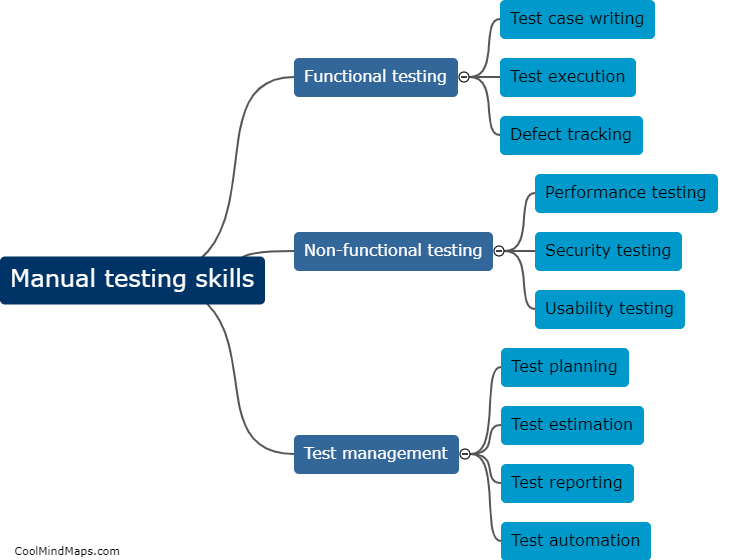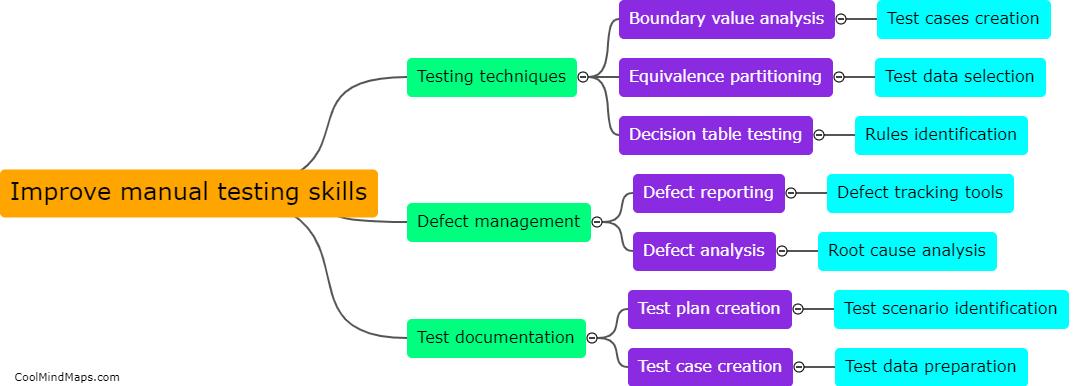What are the different types of age structure?
Age structure refers to the distribution of age groups within a population and is an important indicator of demographic trends. There are three main types of age structure: young, intermediate and aging. A young age structure happens when the proportion of children and young adults is high, which indicates a growing population. An intermediate age structure occurs when there is a balance between the proportion of children and adults, which suggests a stable population. Aging age structure occurs when the proportion of older adults is high, which indicates a declining population. Understanding the age structure is helpful in predicting future demographic trends, social and economic needs and planning for the future.

This mind map was published on 22 May 2023 and has been viewed 116 times.











